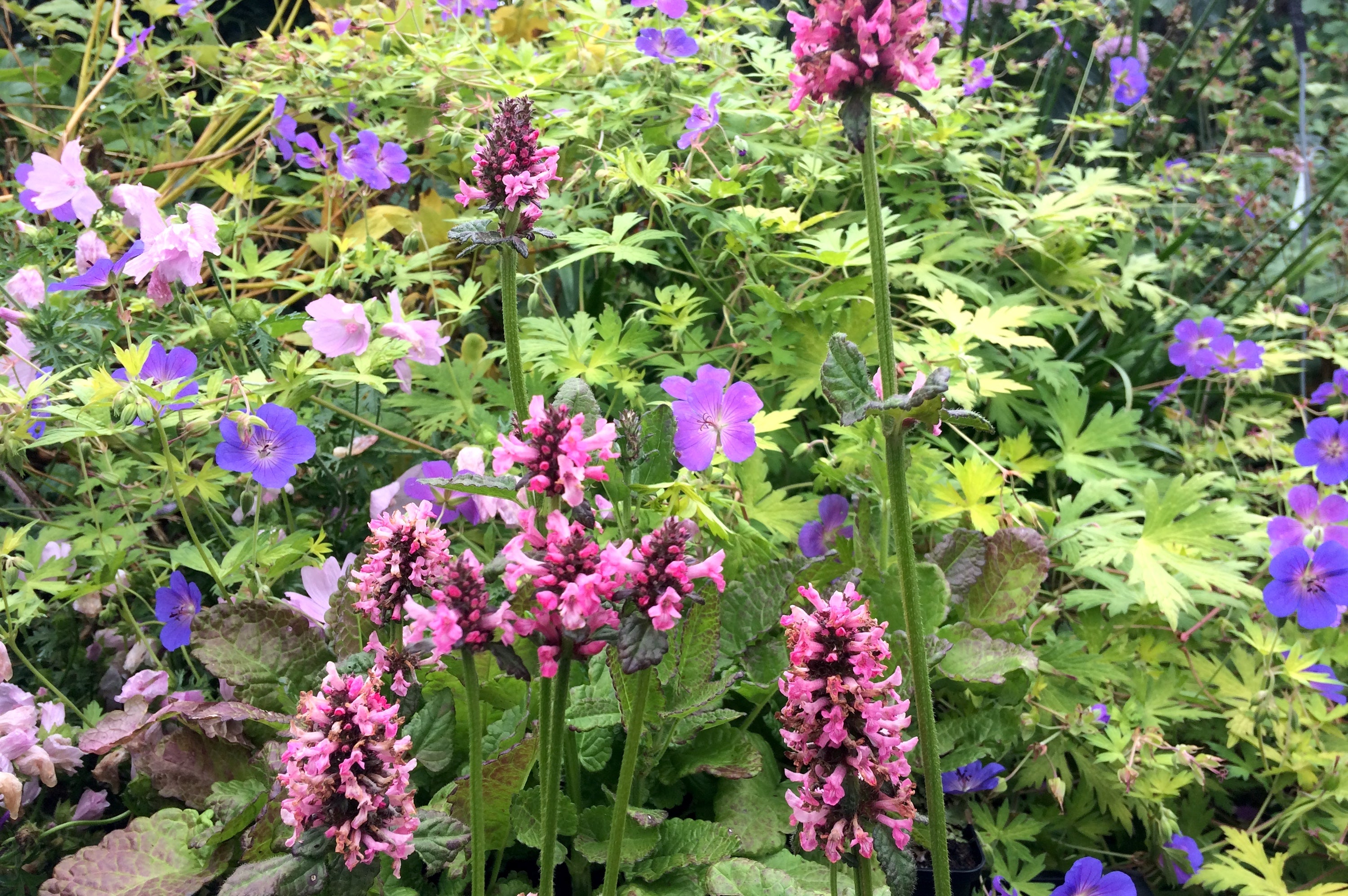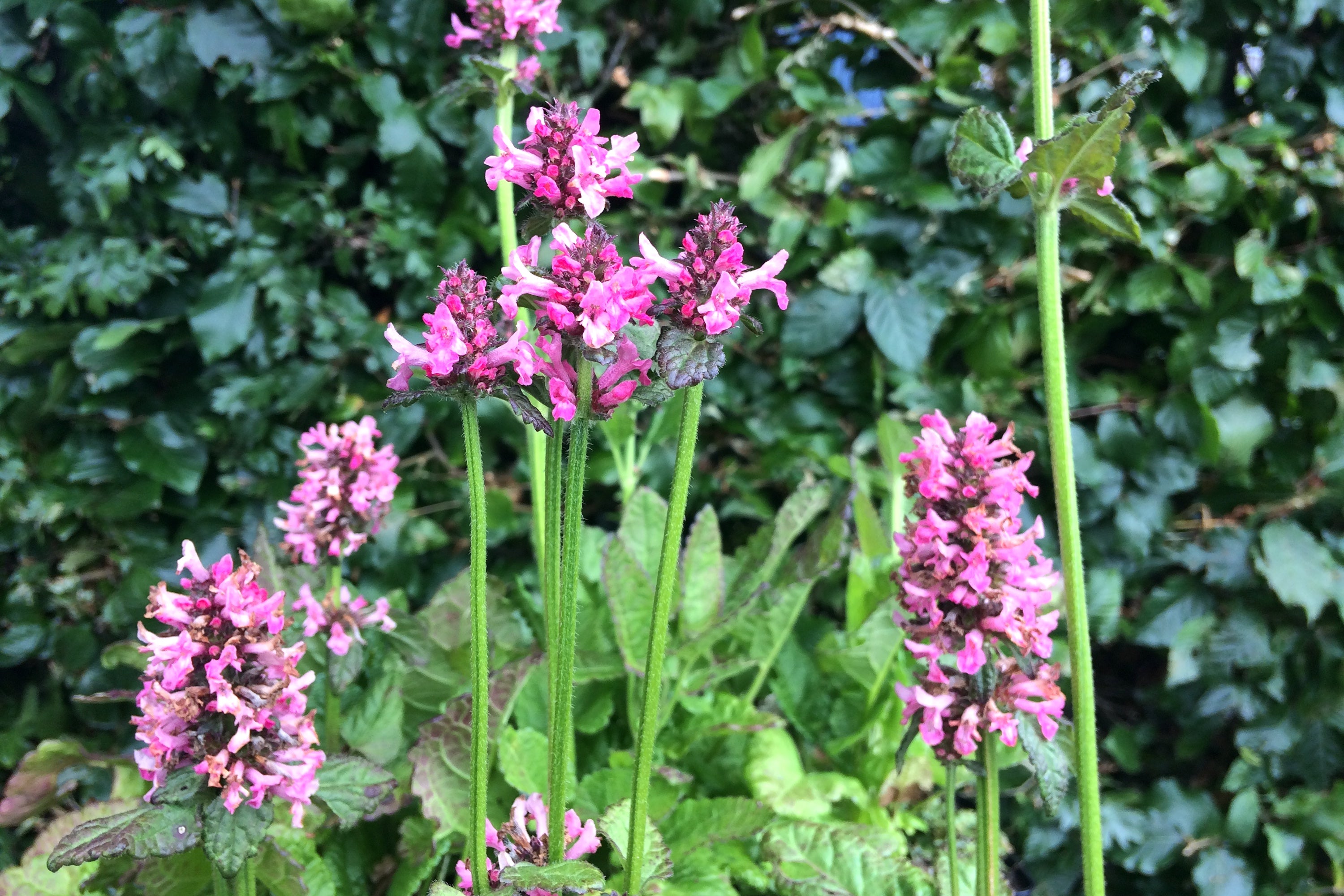Stachys officinalis 'Rosea'
Approx. 0.5 litre pot
About this cultivar:
Stachys officinalis 'Rosea' is a lighter pink coloured cultivar of the species.
The species names means sold in shops, which was applied to plants with real or supposed medicinal properties. The species have upright, square stems and the spiked seed heads endure right through winter. The vibrant flowers appear by early to mid summer and extend the life of the border.
The clumps will spread over time to form dense ground cover, which you'll like because they look great en masse!
- Position: Full sun, partial shade
- Soil: Almost any soil, grows well in Ballyrobert
- Flowers: June, July, August, September
- Other features: Bees and Butterflies, Grows well in Ballyrobert
- Hardiness: H7 - Hardy in the severest European continental climates (< -20°C), Fully hardy, grows well in Ballyrobert
- Habit: Clump forming, bushy
- Foliage: Deciduous
- Height: 30 - 60 cm (1 - 2 ft)
- Spread: 30 - 45 cm (1 - 1.5 ft)
- Time to full growth: 2 to 5 years
- Plant type: Herbaceous Perennial
- Colour: Green, pink
- Goes well with: -
About this genus:
Stachys is one of the largest genera and a member of the mint family (Lamiaceae). Estimates of the number of species in the genus vary from about 300, to about 450. The distribution of the genus covers Europe, Asia, Africa, Australasia and North America. Common names include heal-all, self-heal, woundwort, betony, lamb's ears, and hedgenettle.
Stachys was named by Linnaeus in Species Plantarum in 1753. The name is derived from the Greek word (stachys), meaning "an ear of grain",and refers to the fact that the inflorescence is often a spike. The common name woundwort derives from the past use of certain species in herbal medicine for the treatment of wounds. Wood betony, Stachys officinalis, was the most important medicinal herb to the Anglo-Saxons of early medieval times.
In most species, the leaves are softly hairy. The flowers are clustered in the axils of the leaves on the upper part of the stem, varying from white to pink, purple, red or pale yellow.They can be found growing in wastelands, grasslands and woodland edges. It thrives in any damp soil in full sun or in light shade.
Stachys is like one of those families where every member is exceptional for something different—one bold, another soft, the next strong or perfectly smart—and they all get along with just about everybody. Diverse, sturdy, dependable, calling them mere ground covers is an understatement. Indispensable is more accurate.




